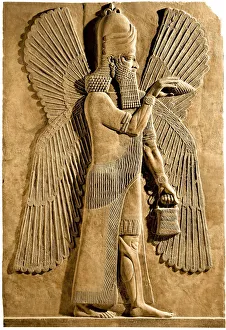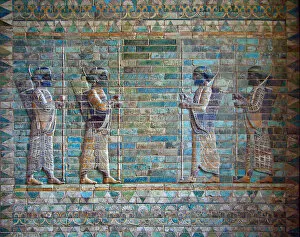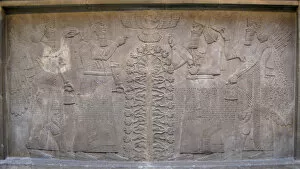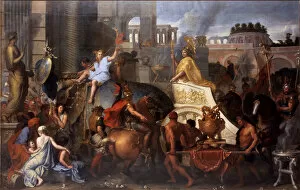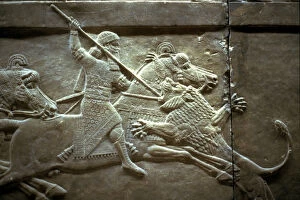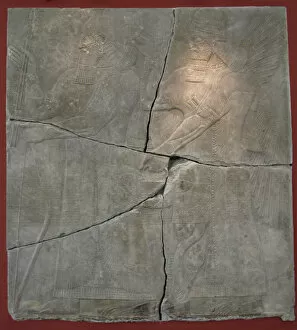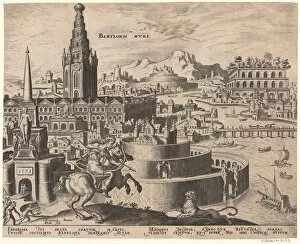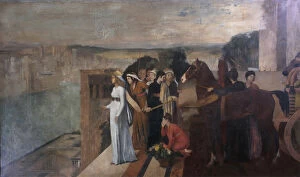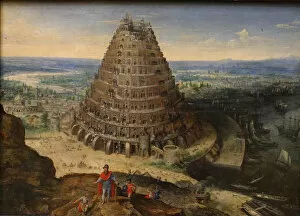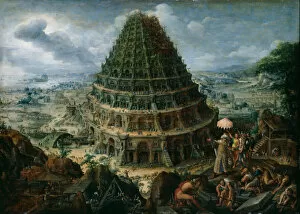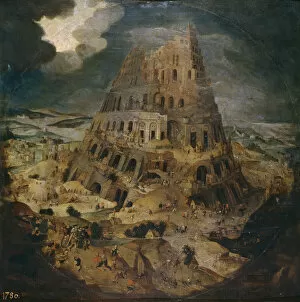Shammuramat Collection
"Shammuramat: A Timeless Queen and Assyrian Art" Step into the ancient world as we explore the captivating story of Shammuramat
All Professionally Made to Order for Quick Shipping
"Shammuramat: A Timeless Queen and Assyrian Art" Step into the ancient world as we explore the captivating story of Shammuramat, a legendary queen who left an indelible mark on history. Through the intricate masterpieces of Assyrian art, her legacy comes to life. Intriguingly depicted in a relief from the palace of King Sargon II, we catch a glimpse of Shammuramat's era. Amongst winged genies and mythical beings, her influence is undeniable. The attention to detail showcases the artistic prowess that flourished during this period. Moving forward in time, we encounter another stunning creation - "The Archers frieze. " This masterpiece adorns Darius I's palace at Susa and exemplifies the grandeur associated with Assyrian art. Its meticulous craftsmanship transports us back to an era where power and strength were celebrated. A remarkable relief featuring Ashurnasirpal II further emphasizes Shammuramat's impact on artistry. Winged mythological beings stand alongside the god Ashur before the Tree of Life – a symbol of eternal vitality. This artwork serves as a testament to both her divine connections and leadership abilities. As our journey continues, we come across depictions of Queen Semiramide herself. Chromolithos bring forth her regal presence while highlighting her military prowess in "Semiramis Called to Arms. " These images immortalize her as not only a ruler but also as one who commanded respect on various fronts. The tale takes an intriguing turn with representations inspired by biblical narratives such as "The Confusion of Tongues" and "The Tower of Babel. " These artworks showcase how ancient stories intertwined with historical figures like Shammuramat, leaving behind lasting impressions for generations to ponder upon. Even beyond her reign, artists continued to pay homage to this iconic queen through their works.


